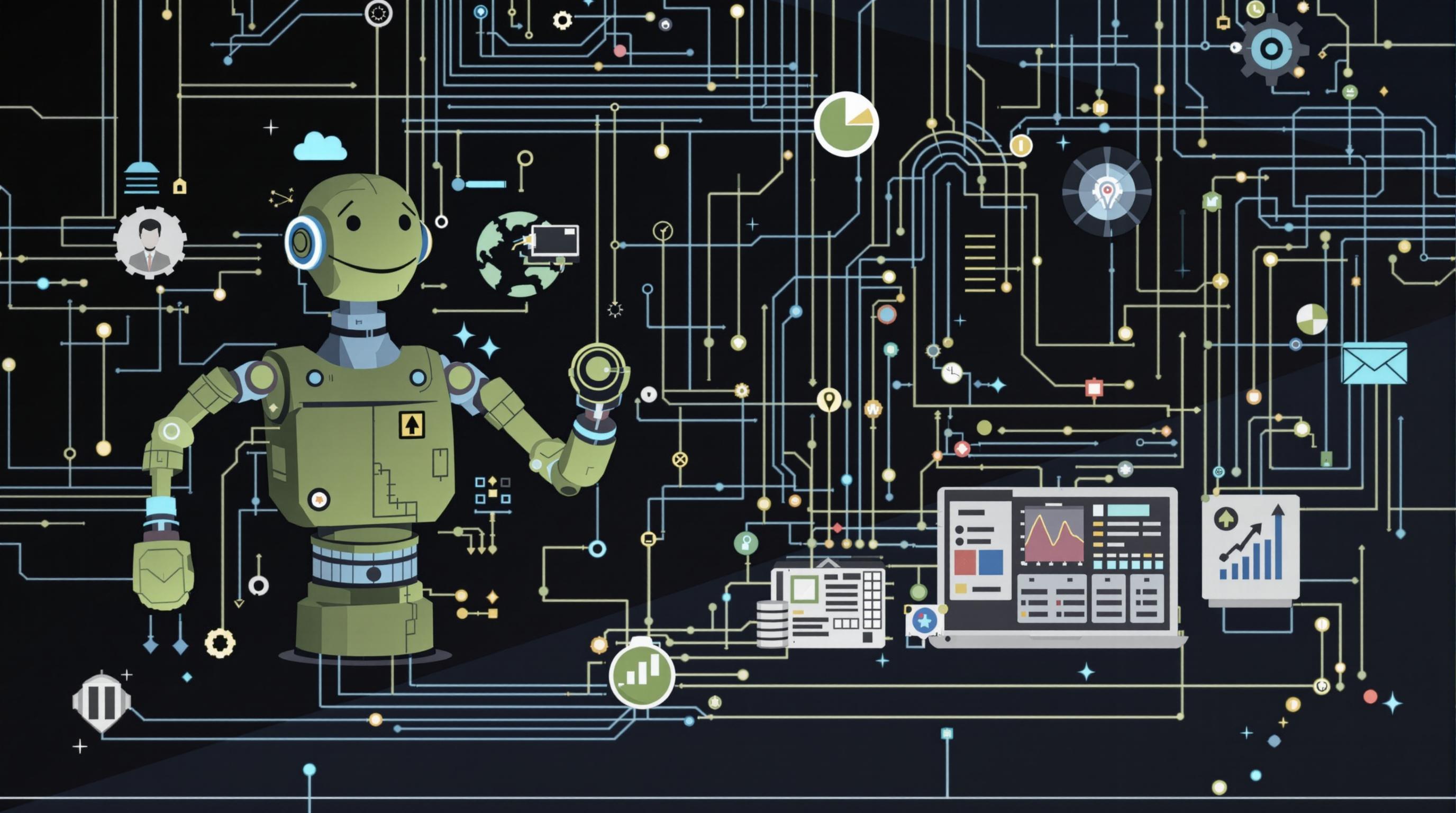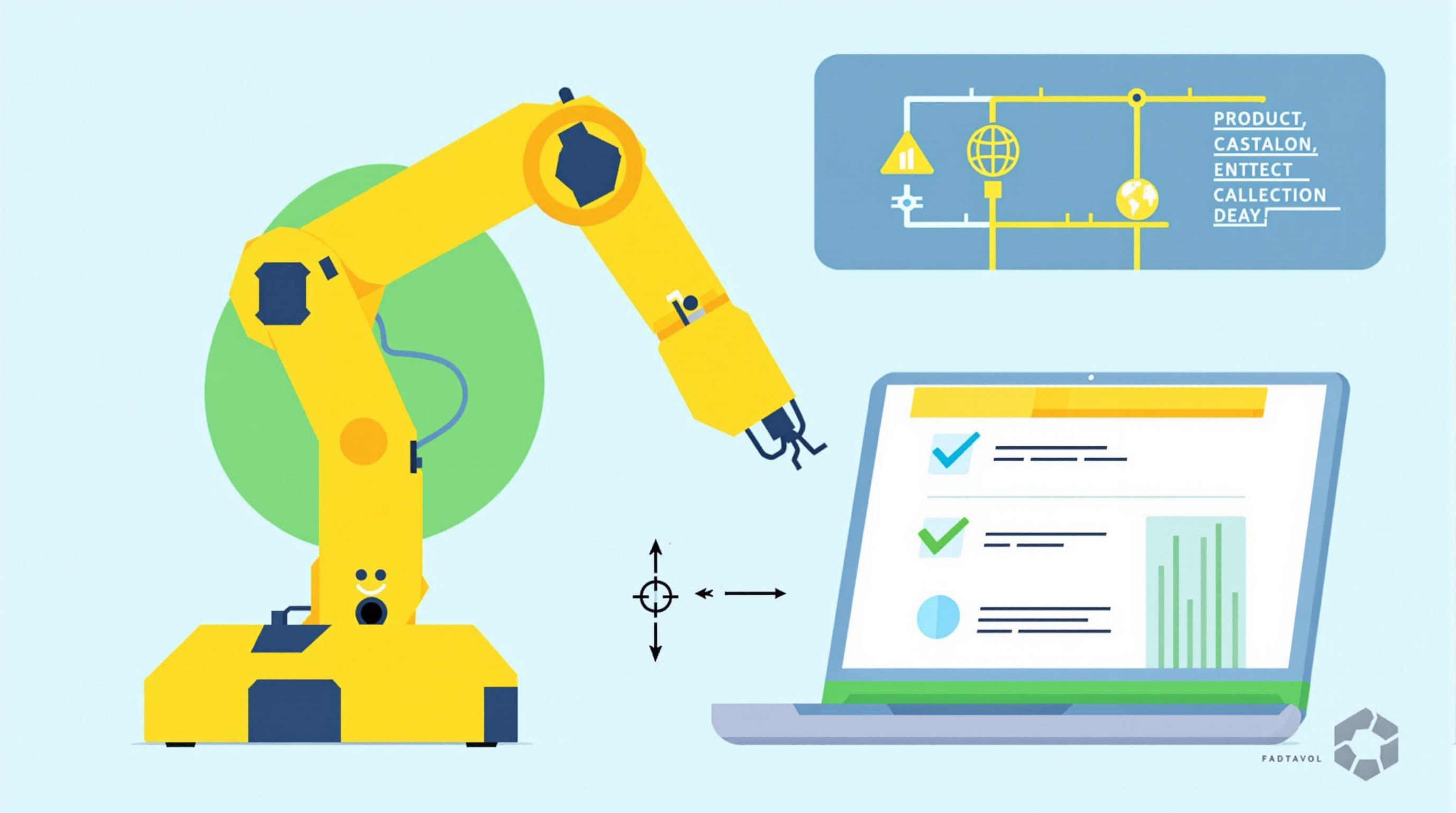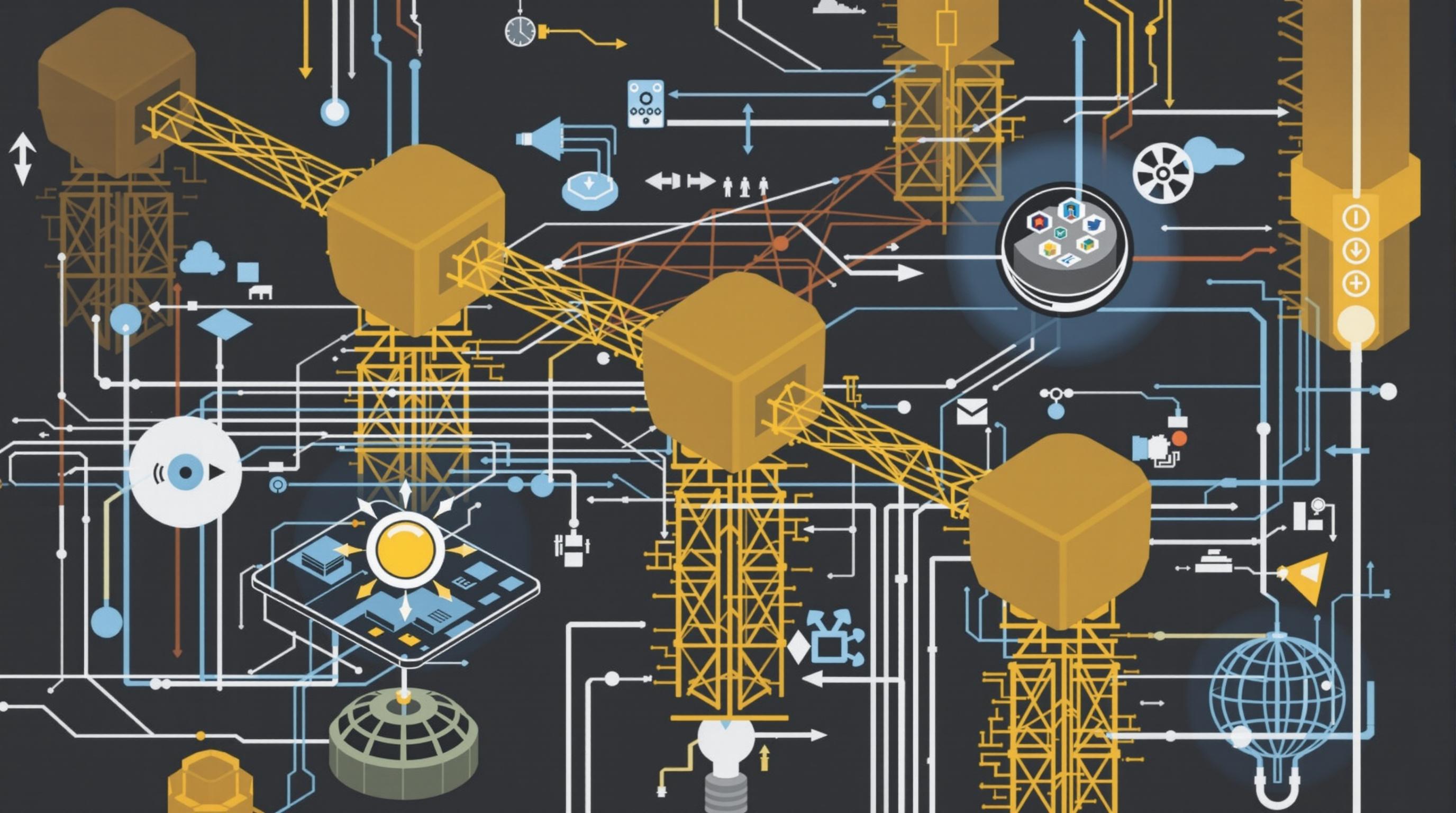Related Articles
- Top 6 Next-Gen B2B SaaS Engines Shaping Retention With AI-Powered Predictive Insights Since 2019
- Top 6 Emerging SaaS Onboarding Platforms of the Last Five Years That Actually Boost User Stickiness
- Top 8 Under-the-Radar Analytics Tools Launching Since 2019 That Outperform Big Names
- Top 7 Next-Gen Workflow Automation Platforms Revealed Comparing Game-Changing Features from the Last Five Years
- Top 6 Next-Gen Endpoint Security Solutions Since 2019 That Outsmart Modern Cyber Threats
- The Unseen Ripple Effect: How Obscure API Endpoints Influence Global Data Ecosystems in Unexpected Ways
12 Critical Human Factors Impacted by Workflow Automation You Rarely Hear About in Tech Discussions
12 Critical Human Factors Impacted by Workflow Automation You Rarely Hear About in Tech Discussions
12 Critical Human Factors Impacted by Workflow Automation You Rarely Hear About in Tech Discussions
Workflow automation has taken the tech world by storm, promising increased efficiency, reduced errors, and cost savings. Yet, the conversation overwhelmingly centers on metrics, performance, and technical capabilities. What often gets lost in the noise is the subtle, profound impact automation has on human factors within organizations. These human elements are vital for holistic success yet are rarely dissected in mainstream tech dialogues.
Drawing on investigative insights and a deep dive into organizational behaviors, this article unveils twelve critical human factors affected by workflow automation—issues that lurk beneath the surface but shape how people interact with technology and each other every day. Buckle up as we explore these often overlooked realities, peeling back the polished veneer of automation to reveal what really goes down on the human front lines.
This narrative comes from a junction where tech hype meets frontline humanity, aiming to inject a necessary dose of gonzo truth into your understanding of automation’s ripple effects. Ready to rethink automation? Let’s get into it.
1. Loss of Tacit Knowledge Transfer
Automation tends to codify explicit processes, but much of workplace knowledge is tacit—unwritten, intuitive expertise passed down through personal interactions. When workflow becomes automated, these informal learning moments dry up.
The casual "water cooler" exchanges and mentorship nuances that enrich employee skillsets are sidelined, leaving workers less prepared to handle exceptions or innovate. This erosion of tacit knowledge can cripple adaptability.
Organizations unaware of this risk may find a sterile workforce effective only within narrow parameters, lacking the wisdom to respond creatively when automation hits its limits.
2. Increased Cognitive Load in Monitoring Automated Systems
Contrary to assumptions that automation simplifies work, employees often face heightened cognitive demands as they shift from doing tasks to overseeing automated processes.
This monitoring role requires vigilance, critical thinking, and error detection skills, which can be mentally taxing and lead to fatigue or complacency—especially when automation runs smoothly most of the time.
The paradox here is that automation can ironically increase mental workload, making human roles more supervisory yet less engaging, a dynamic frequently neglected in tech discussions.
3. Diminished Job Satisfaction and Ownership
Automating workflow steps might streamline operations but often strips employees of the hands-on involvement that fosters pride and ownership in their work.
When people feel reduced to monitoring screens or executing trivial tasks, their job satisfaction can plummet, eroding motivation and loyalty over time.
Maintaining meaningful human elements in automated environments is crucial to preserve morale, yet this balance rarely gets prioritized in engineering-first approaches.
4. Erosion of Interpersonal Communication Skills
As automation replaces tasks formerly requiring collaboration, employees encounter fewer opportunities to develop and exercise communication skills.
Reduced interaction can dull abilities in negotiation, persuasion, and empathy—skills often essential in complex decision-making and leadership.
Neglecting this dimension risks cultivating technically proficient yet socially isolated workers, a scenario underexplored in mainstream automation rhetoric.
5. Shift in Trust Dynamics Between Humans and Machines
Integrating automation alters trust relationships: employees must learn to trust systems while retaining confidence in their own judgments.
Over-trusting automation can lead to complacency; under-trusting breeds resistance or redundant checks, degrading efficiency.
Managing this nuanced human-machine trust balance is paramount, yet tech conversations seldom examine how trust dynamics evolve in automated workflows.
6. Invisible Barrier to Employee Creativity
Automation tends to enforce standardized procedures, reducing space for improvisation and creative problem-solving.
Workers become constrained to follow algorithms, which can stifle innovation and reduce their intrinsic motivation to explore novel ideas.
This unseen byproduct of automation limits organizations’ adaptability and long-term evolution—an ironically self-defeating consequence rarely highlighted.
7. Amplification of Skills Gaps
The introduction of automation often exacerbates existing skills disparities within teams.
Those with digital literacy and adaptability thrive, while others struggle to adjust, potentially widening inequality and generating workplace resentment.
Such human capital fragmentation carries social and operational costs companies must deliberately manage beyond technical implementation.
8. Impact on Employee Identity and Role Perception
When automation reshapes job content, employees may experience identity dissonance, questioning their value and role within the organization.
Shifting from creator to overseer can trigger existential doubts and disengagement if not addressed thoughtfully.
This psychological dimension of workforce transformation tends to be glossed over but plays a critical role in successful change management.
9. Undermined Team Cohesion and Social Capital
Automated workflows can reduce interdependence among team members, weakening bonds and shared accountability.
With fewer joint challenges and collaborative problem-solving situations, social capital erodes, impacting trust and collective efficacy.
Fostering deliberate opportunities for team interaction amidst automation is vital but often absent in strategic planning.
10. Ethical Concerns and Perceived Fairness
Workflow automation can introduce opaque decision-making processes, raising ethical questions about fairness and accountability.
Employees may feel disempowered or unfairly judged by algorithms they neither control nor fully understand, breeding skepticism or disengagement.
Addressing ethical transparency and ensuring human oversight are necessary moves that remain underemphasized in many tech forums.
Sources:
- Parasuraman, R., & Riley, V. (1997). Humans and Automation: Use, Misuse, Disuse, Abuse. Human Factors, 39(2), 230-253.
- Sellen, A. J., & Harper, R. H. R. (2003). The Myth of the Paperless Office. MIT Press.
- Ash, J., & R. Jones (2013). Human-Machine Interaction: Trust, Control, and Agility. Journal of Technology in Society.
- Davenport, T. H., & Ronanki, R. (2018). Artificial Intelligence for the Real World. Harvard Business Review.
- Cox, A. L., & Cairns, P. (2014). Researching Human Factors in Technology-Mediated Work. Human–Computer Interaction.




